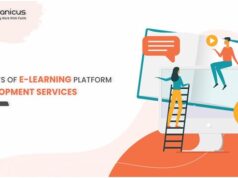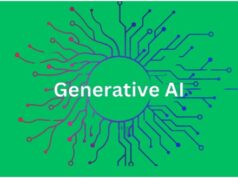ERP stands for Enterprise Resource Planning. ERP is the integrated management of main business processes. In this context, ERP should be understood as a complex software (ERP solution, ERP-system) used to plan and identify all material / non-material resources of a company, necessary for carrying out production and business activities. ERP-system allows you to manage business processes:
- Marketing and sales;
- Production process management;
- Maintenance and repair of equipment (maintenance);
- Procurement of services and inventory items;
- Personnel management;
- Management, accounting, and tax accounting.
As you can see, the ERP-solution with its functionality is able to cover almost all the main business processes of the company and bring them to a completely new qualitative level. The only problem with the implementation of ERP in the enterprise is that the degree of readiness of the company’s management system to work with ERP. In most cases, the software code of the ERP system is built on a modular basis, i.e., the Finance module, the Production module, the Repair module, etc. The modules of different ERP systems may differ in names and functionalities. Nevertheless, there is a certain set of basic functions that can be considered typical for all software products of the ERP system. The purpose of the Enterprise Resource Planning system is to provide information communication between all departments of the enterprise by creating a common information data warehouse that contains all the information about services and products, the work of the services and departments of the enterprise.
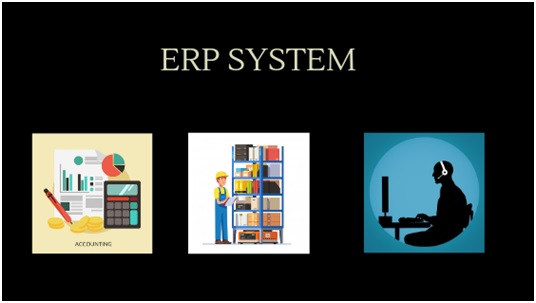

The history of ERP
The ERP (Enterprise Resource Plannin ) concept was developed and proposed as a planning standard by the international analytical company Gartner Group. ERP basic concepts are developed from two simpler concepts – MRP (Material Requirements Planning) and MRP II (Manufacturing Resource Planning).
The main functions of the ERP system
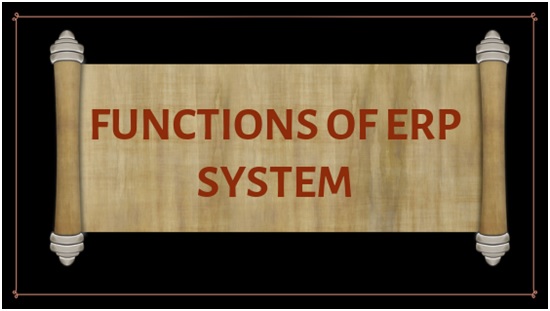

The ERP system as an enterprise planning system includes the following subsystems:
• Marketing and sales of finished products and services: Management of marketing activities and demand for manufactured products with the subsequent formation of sales plans and production plans.
• Production of products/services “under the order of the client” and “to the warehouse”: Annual and monthly production planning for marketing plans or a portfolio of received customer orders – assessment of the feasibility of production plans. Detailed production planning for groups of work centers (groups of machines, teams of workers) and specific work centers (machines, workplaces).
• Procurement, material requirements planning, and inventory management: Automatic calculation of production needs for specific raw materials, components and materials, which are necessary for the execution of production tasks. Automatic calculation of the size of the purchased batch, determination of the delivery deadlines, management of contracts with suppliers and counterparties.
• Warehouse management: Maintaining a full inventory accounting, maintaining the level of “insurance stocks” in warehouses, optimizing inventory balances.
• Project management: The formation of project work plans, planning tasks, and project resources.
• Financial management: Financial accounting and operational management of the company’s financial flows.
Implementing ERP Solutions
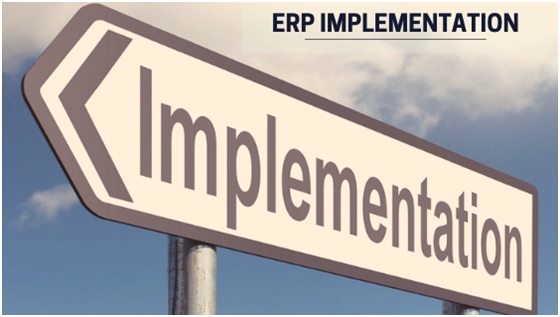

ERP system is a complex software product, the acquisition, implementation and software development of which must be strictly planned according to time, resources and project budget. In this case, both the Contractor and the Customer should participate in the process. When implementing ERP solutions, it is necessary to apply the principles of managing complex IT projects. Under the objectives of the project usually understand three factors: quality, time and budget. 70% of other projects are either delayed, require additional funding or canceled by customers due to complexity.
For the successful implementation of the ERP system, you must adhere to the following rules:
- Know exactly the objectives of the project, since 70% of projects fail for this very reason.
- The goals, budget, and deadlines of the project should be documented, a manager appointed and a project team formed.
- The project team should be provided with everything necessary to carry out the project (project office, computers, printers, telephones, etc).
- The project should be divided into logically verified stages and phases of work, which should be checked for the absence of “conflicts” in the sequence and duration of work.
Advantages & Disadvantages of ERP solutions
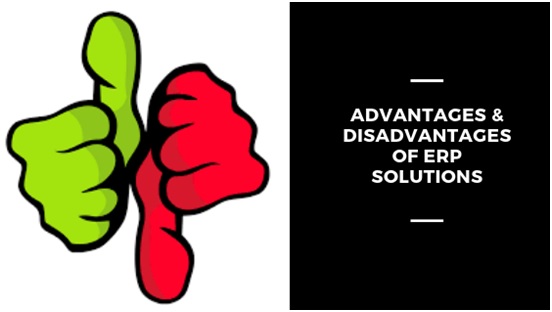

ERP Advantages:
The main advantages of ERP system:
- Unification of business processes of companies after mergers and acquisitions.
- The rapid expansion of the business scale depending on the industry trends.
- Unification and centralized management of data on suppliers, customers, and personnel.
- Unification of hardware and software (three-tier solution architecture, client-server technology).
- The economic effect of ERP-systems undoubtedly will be positive. Otherwise, there would be no demand for ERP solutions and, as a result, they would not be so expensive.
- At each particular enterprise, the economic effect will be different, because different companies have different management systems.
In practice, to determine the economic effect, economic indicators are usually “measured” before the introduction of the system, during its implementation and after it is started to be used. As a rule, the maximum effect from the use of ERP comes after 2 years of its use.
ERP Disadvantages:
The main disadvantages of ERP-systems:
- The high complexity of implementation.
- It is necessary to have deep knowledge of the applications and modules installed and also to manage the overall system.
- While restructuring the business processes of an enterprise and implementing an ERP solution, in most cases, there are big risks and costs that can lead to a significant decrease in productivity and, as a result, a decrease in business profitability.
- The high cost of implementation.
- The high cost of ownership of the ERP-system (annual costs).
- Long payback period of the system 2-3 years after its implementation.
Conclusion
Currently, manufacturing ERP systems are widely used in production and practical in all areas of commercial activity. The proposed ERP planning methodology allows the company to reduce the time, direct and indirect costs of production and services, as well as improve the level of communication with customers and consumers and reduce administrative staff. Such solutions are still unreasonably expensive.


